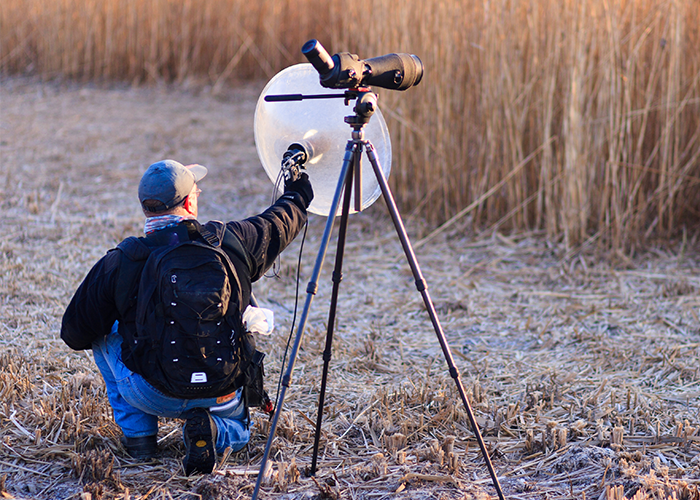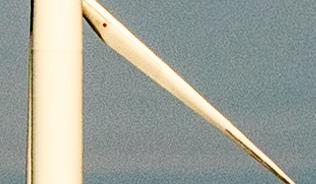Traditional ways of monitoring the species around us will always be of vital importance to ecological surveyors. Taking into account the sounds and sights in the field, experienced surveyors – ornithologists in particular – are experts at work, drawing on their extensive education, skills and training to produce accurate data on the state of our wildlife in the UK.
However, with increasing habitat loss, the effects of the climate crisis, and other multiple ecological challenges faced by our ecosystems, it is more important than ever that surveying methods must adapt and change, to ensure that effects on wildlife are accurately recorded. With 43% of bird species in Great Britain vulnerable to extinction, precise and wide-ranging monitoring is paramount, and it is true that Traditional Bird Survey (TBS) methods come with limitations. For example, they are often conducted in sites that are difficult to access, and surveys often take place at night, which only adds to the physical barriers for those conducting the surveys. Travelling to remote locations and spending long periods of time out in the elements can be a particularly difficult aspect of the work for many. This is compounded by the fact that the presence of humans in bird habitats can impact bird behaviour, which may mean the accuracy of records is affected.

Person operating parabolic sound reflectors to capture bird noise. © Adobe Stock / mijun
In a new report on Applied Ecology Resources (AER) hosted by the British Ecological Society, the ecological consultancy Baker Consultants has described how the inclusion of Ecoacoustic Bird Survey methods (EBS) in surveying practices – alongside traditional methods – can increase the detection of bird species. Ecoacoustics is a promising field in wildlife monitoring, as it offers opportunities to extend the reach of traditional data collection (both geographically and temporally) beyond what is usually possible with the sole use of TBS. Using specialist equipment to record, monitor, and identify bird sounds, surveyors can capitalise on the efficiency of ecoacoustic methods, while being able to revisit data easily where needed – something that is not always possible with the sole use of TBS.
Carlos Abrahams, Director of Ecoacoustics at Baker Consultants, states that: “Ecoacoustic bird survey methods are highly complementary to traditional bird surveys, which are better suited to detecting bird behaviour and movements through a site. But it’s important to stress that our research indicates ecoacoustic surveys should not be casually used as ad hoc additions to traditional surveys; EBS methods are most effective when survey effort is appropriately robust.”
While ecoacoustics can offer benefits when used in tandem with traditional survey methods, it is necessary to integrate these new technologies into professional practice, to obtain a full picture of how these methods can complement each other, and where each method offers advantages (or disadvantages) in particular situations and environments.
Find out more about developments in ecoacoustics for bird monitoring in the full report.





